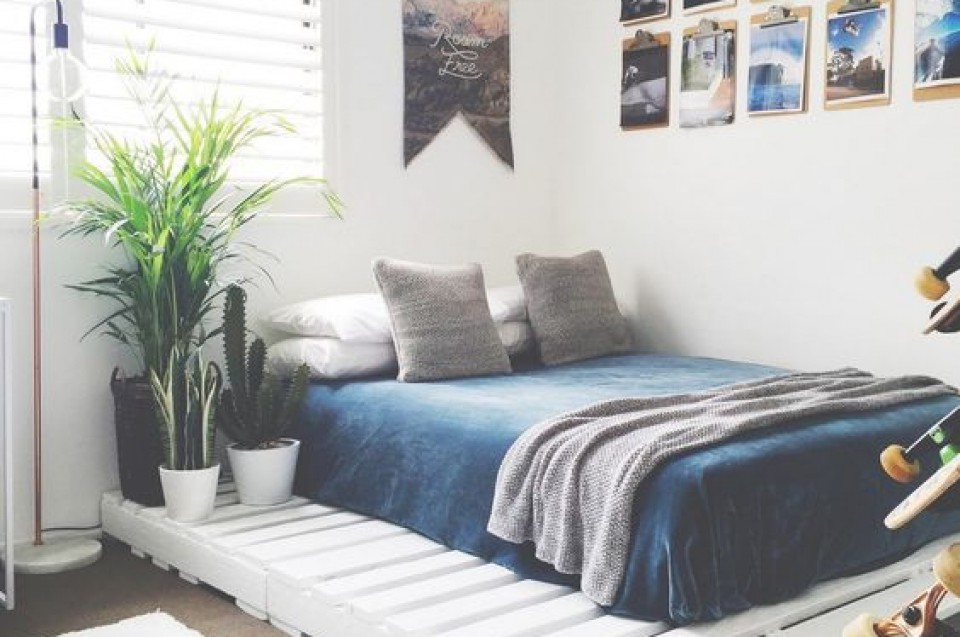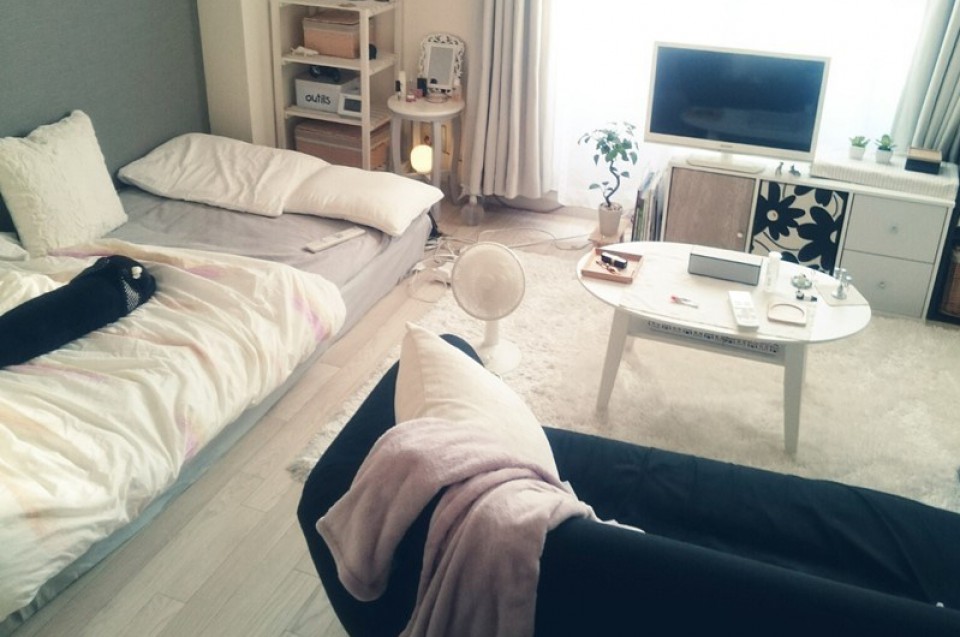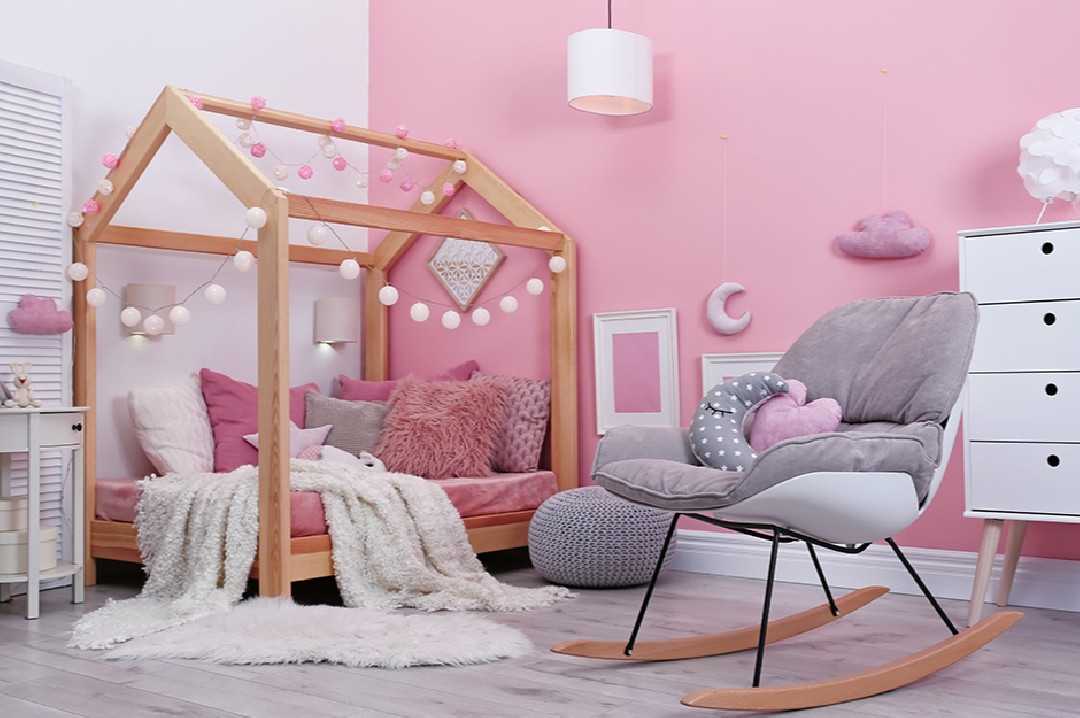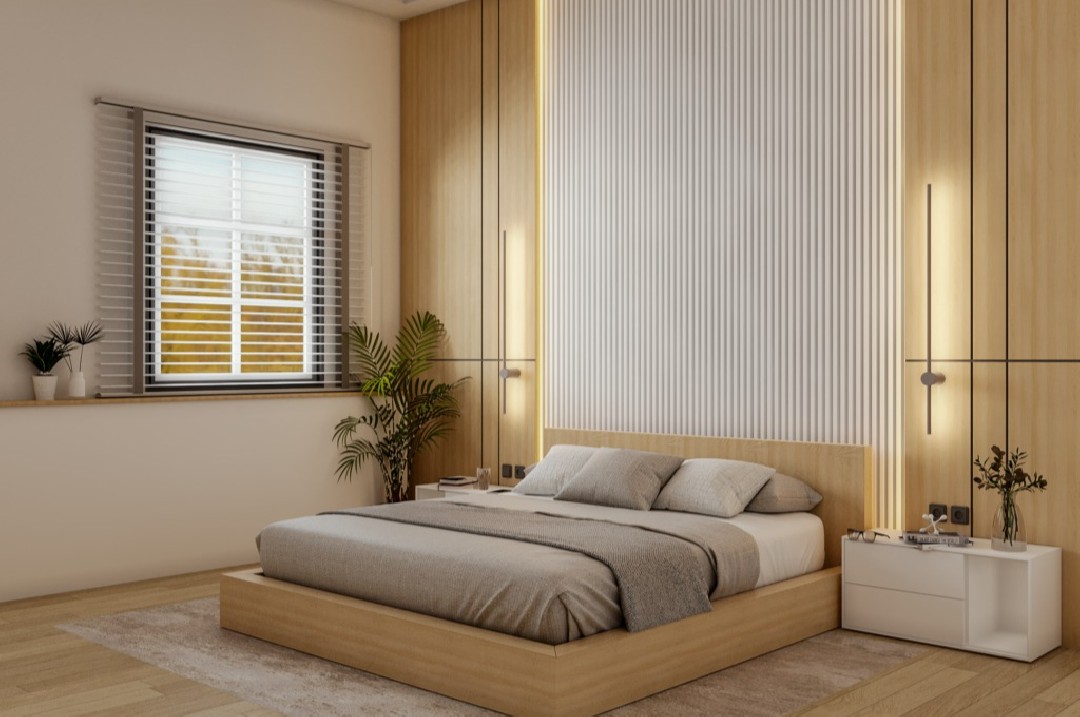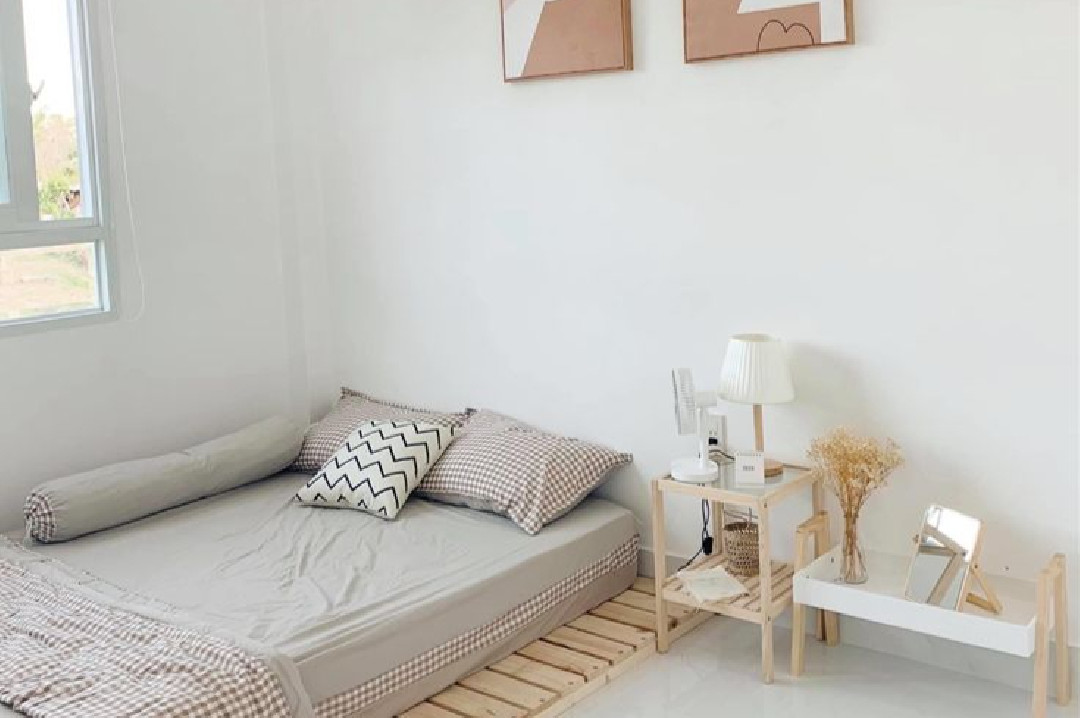Create Calm with a Beautiful and Calming Bedroom Design

Introduction
In a life that is increasingly busy and full of stress, the bedroom becomes a significant place of refuge. A personal oasis in the midst of the hustle and bustle of everyday life, the bedroom is not just a place to sleep, but also a space where we can escape from all the anxiety and tension we may experience outside. It is a place where we can release our fatigue and let our minds relax, allowing us to return to the world with renewed spirit and energy.
The importance of a well-designed and comfortable bedroom cannot be ignored. The right design not only creates beautiful aesthetics but can also significantly impact the quality of sleep and overall well-being. By choosing elements such as soft lighting, calming colors, and ergonomic furniture, we can create a space that promotes restful sleep, reduces stress levels, and enhances overall quality of life.
In this article, we will explore various concepts and ideas for designing a bedroom to become a lush and soothing place. From the selection of colors and textures to the arrangement of furniture and lighting, we will discuss ways to create a personal oasis that meets our needs for sleep and tranquility. Hopefully, with a deeper understanding of the importance of good bedroom design, we can create a space that is not only visually beautiful but also supports our health and well-being.
1. Create a Calm Atmosphere

Avoiding the placement of TVs, computers, or other electronic devices in the bedroom is essential to creating a calm atmosphere. These devices can emit blue light that interferes with the production of melatonin, which is crucial for sleep quality. Additionally, the noise and activity from electronic devices can disrupt tranquility and make it difficult for you to truly relax before bed.
Keeping electronic devices out of the bedroom also helps reduce stress. The bedroom should be a place for rest and rejuvenation, not for work or watching TV. By creating a space free from technological distractions, you can more easily achieve quality sleep and wake up feeling refreshed and ready to face the day. Replace your nighttime activities with reading a book or listening to soothing music to prepare your body and mind to relax before sleep.
2. Use Aromatherapy

Aromatherapy can help you feel relaxed and calm before bed. Use essential oils such as lavender, chamomile, or sandalwood to create a soothing atmosphere.
3. Set the Right Room Temperature

The ideal room temperature for sleep is between 18-22 degrees Celsius. Make sure to adjust the AC or fan to keep the bedroom cool and comfortable.
4. Choose the Right Color Palette
Color has a significant impact on the room's atmosphere. For the bedroom, choose calming and soothing colors like light blue, pastel green, or lavender purple. Avoid colors that are too bright or striking, such as red or orange, as they can make you feel restless and find it hard to sleep.
5. Maximize Natural Light

One of the best ways to improve sleep quality and overall well-being is by utilizing as much natural light as possible in your bedroom. Natural light has a significant impact on our circadian rhythm, which regulates our body's sleep-wake cycle. Therefore, if possible, position your bed as close to a window as possible to receive adequate natural light in the morning. Natural light not only helps your body feel more refreshed and energized upon waking but also helps regulate your body's biological clock. Exposure to natural light in the morning signals to your brain that it is time to wake up and start the day, thus reducing sleepiness and confusion that often occur after waking up. Moreover, natural light can also affect mood and overall well-being. Adequate exposure to natural light has been shown to improve mood, reduce stress levels, and even increase our productivity and concentration throughout the day. By maximizing the use of natural light in your bedroom, you can create a more balanced, comfortable environment that supports quality sleep. As a result, you will feel more refreshed, energized, and ready to face the day with renewed enthusiasm every morning.
6. Use Soft Lighting
Bright lighting can disrupt sleep. Use lamps with dim and warm light to create a comfortable and soothing atmosphere. You can also add bedside lamps for reading or relaxing before bed.
7. Add Indoor Plants

Adding indoor plants in the bedroom not only beautifies the space but also provides various health benefits. Indoor plants can help clean the air by absorbing toxins and producing oxygen, which is essential for good sleep quality. Some plants, like the snake plant (Sansevieria) and spider plant (Chlorophytum comosum), are known to be effective in filtering air from harmful pollutants and producing oxygen at night. Cleaner, fresher air can help you sleep more soundly and wake up feeling more refreshed and rejuvenated.
Additionally, indoor plants can have a calming effect and reduce stress. Seeing green foliage can give a sense of peace and calm, helping to lower anxiety levels and improve mood. Choose plants that are easy to care for and don't require much light, such as pothos or philodendron, so you don't have to worry about complicated maintenance. By adding a few indoor plants to your bedroom design, you can create a more lush, healthy environment that supports optimal rest.
8. Use Natural Materials
Natural materials like wood, bamboo, and rattan can give a warm and comfortable impression to the bedroom. You can use these materials for furniture, flooring, or decorations.
9. Minimize Unnecessary Items

A bedroom full of items can make you feel stressed and cramped. Store items you don't use regularly elsewhere and focus on items you need for sleeping and relaxing.
10. Choose Comfortable Bedding

Bedding and blankets made of soft and comfortable materials will help you sleep more soundly. Choose materials suitable for your local climate.
Conclusion
Creating a lush and soothing bedroom is an essential investment for our well-being and quality of life. By avoiding electronic devices, adding indoor plants, and maximizing natural light, we can transform the bedroom into an oasis that supports quality sleep. Additionally, the right choice of colors, textures, and furniture can create a calming and stress-free atmosphere. Hopefully, by applying these tips and ideas, you will experience the benefits of a well-designed bedroom and enjoy more optimal rest every night.



